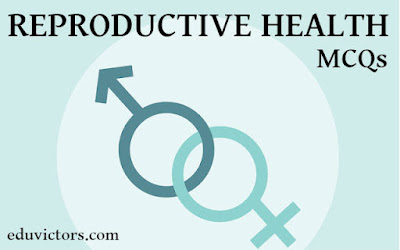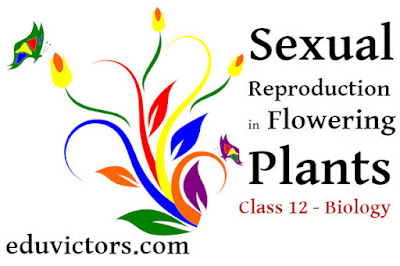Biology Quiz 26 - How well do you understand health?
Understand its definition and learn more about the different dimensions of health.
Blog provides NCERT solutions, CBSE, NTSE, Olympiad study material, model test papers, important Questions and Answers asked in CBSE examinations. References to Educational Sites and resources.
Understand its definition and learn more about the different dimensions of health.


The period from birth to the natural death of an organism represents its life span. The lifespan of an organism is not necessarily correlated with its body size, it can vary from less than one day to more than 400 years. Irrespective of the long or short lifespan of an organism, death is a certain phenomenon, i.e. no individual is immortal, except for single-celled organisms like Amoeba.

Q1(AIPMT 2010). Breeding of crops with high levels of minerals, vitamins and proteins is called
(a) Somatic hybridization
(b) Biofortification
(c) Biomagnification
(d) Micropropagation

Q1. When two species of different genealogy come to resemble each other as a result of adaptation, the phenomenon is termed as
(a) microevolution
(b) co-evolution
(c) convergent evolution
(d) divergent evolution

Q1(NEET 2017). The final proof for DNA as the genetic material came from the experiments of
(a) Griffith
(b) Hershey and Chase
(c) Avery, MacLeod and McCarty
(d) Har Gobind Khorana

Q1. In Mendel’s experiments with the garden pea, round seed shape (RR) was dominant over wrinkled seeds (rr), and yellow cotyledon (YY) was dominant over green cotyledon (yy). What are the expected phenotypes in the F2 generation of the cross RRYY × rryy?
(a) Round seeds with yellow cotyledons, and wrinkled seeds with yellow cotyledons.
(b) Only round seeds with green cotyledons.
(c) Only wrinkled seeds with yellow cotyledons.
(d) Only wrinkled seeds with green cotyledons.

Q1. From the sexually transmitted diseases mentioned below, identify the one which does not specifically affect the sex organs–
(a) Syphilis
(b) AIDS
(c) Gonorrhea
(d) Genital warts



Q1(NEET 2018). Which of the following flowers only once in its lifetime?
(a) Bamboo species
(b) Mango
(c) Jackfruit
(d) Papaya

Q1(NEET 2021): A specific recognition sequence identified by endonucleases to make cuts at specific positions within the DNA is:
(a) degenerate primer sequence
(b) Okazaki sequences
(c) palindromic nucleotide sequence
(d) poly(A) tailsequence

Q1: The linking of antibiotic resistance gene with the plasmid vector became possible with
(a) DNA polymerase
(b) exonucleases
(c) DNA ligase
(d) endonucleases

Q1: The organisms which cause diseases in plants and animals are called:
(a) Pathogens
(b) Vectors
(c) Insects
(d) Worms
Q2: The sporozoites that cause infection, when a female Anopheles mosquito bites a person, are formed in:
(a) Liver of the person
(b) RBCs of mosquito
(c) Salivary glands of the mosquito
(d) Intestine of mosquito

Q1: A common biocontrol agent for the control of plant diseases is
(a) baculovirus
(b) Bacillus thuringiensis
(c) Glomus
(d) Trichoderma
Q2: Methanogens do not produce
(a) oxygen
(b) methane
(c) hydrogen sulfide
(d) carbon dioxide

Please turn off the ad blocker. This is only way that we can earn some penny. Please support us by trun off the ad blocker.
Thank you!!